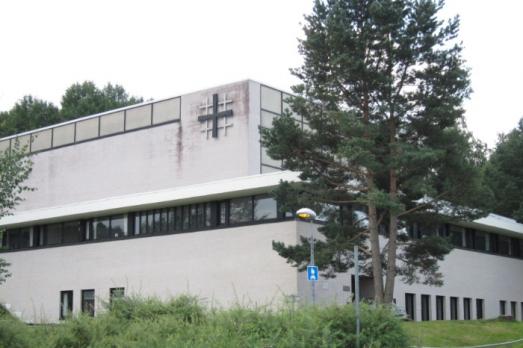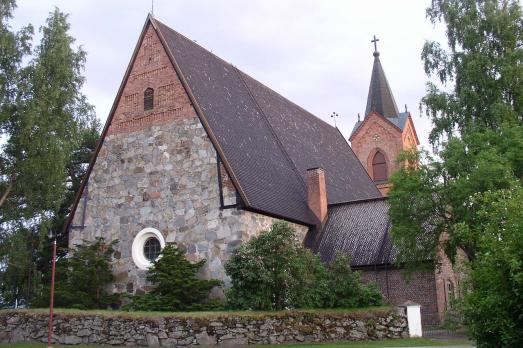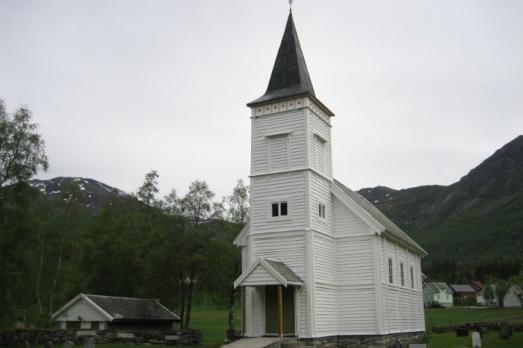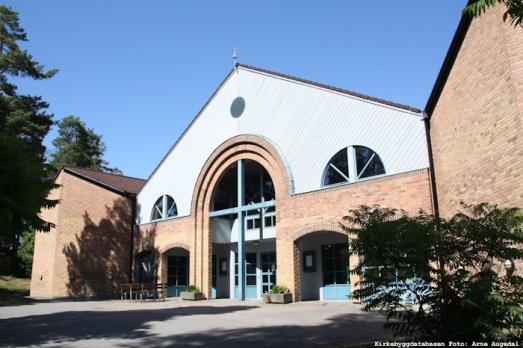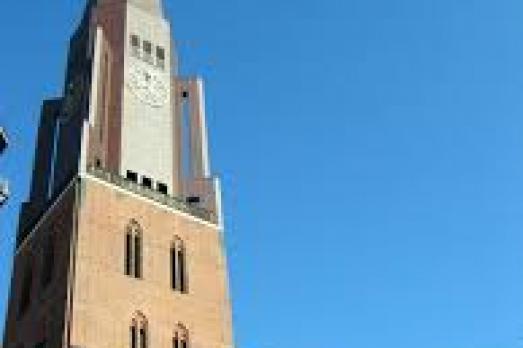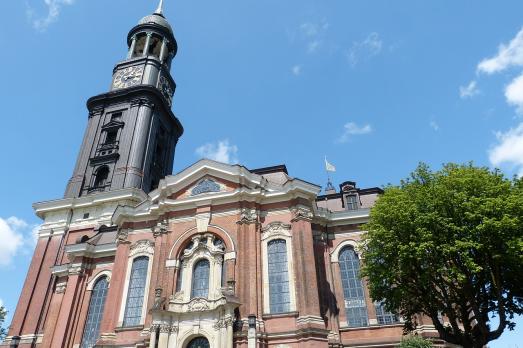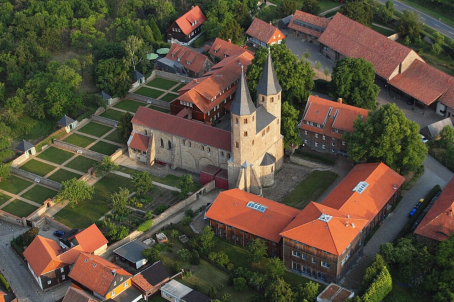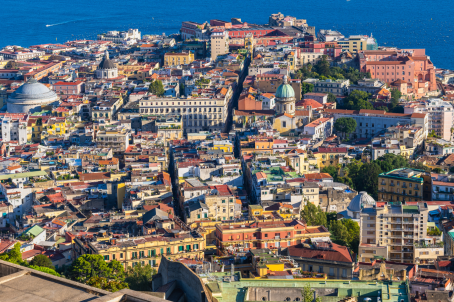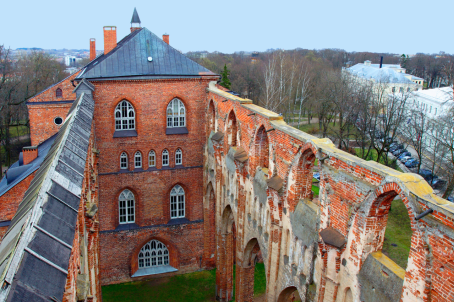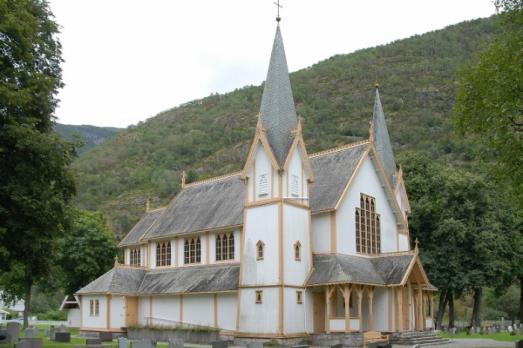
Hauge Church
Lærdal, NO
The Hauge church is a long wooden church dating from 1869. It was built according to the plans of the architect Christian Christie, and its design is influenced by the stave churches. The church has two towers, one on each side at the western end of the nave. Before the construction of this church, the previous one was located in the parish, about one kilometre further south-east, on the Hauge farm.
